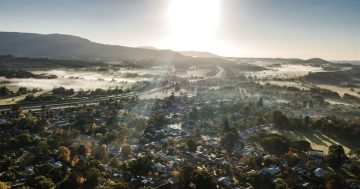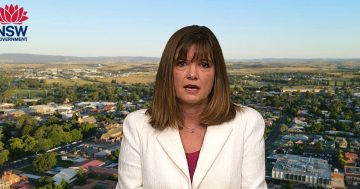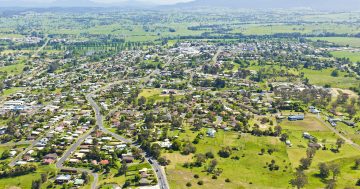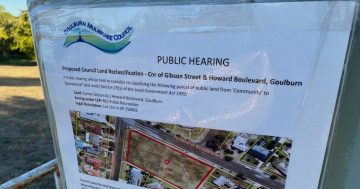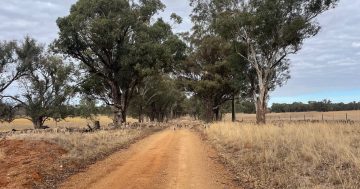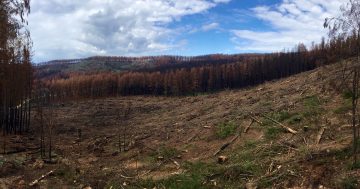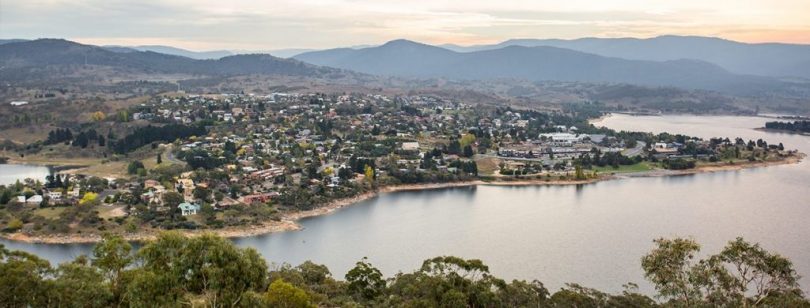
The attraction of snowfields and lifestyle holdings in the Snowy Monaro region is driving up residential land value. Photo: File.
Demand for a rural lifestyle sparked by the COVID-19 pandemic has seen land values across southeast NSW soar by more than $934 million.
New figures from the Valuer General NSW show the region was among those that experienced the largest increases in residential values across the entire state.
The southeast’s central location between major cities, the coast and mountains is responsible for the increase of 7.5 per cent in residential land values in the past 12 months, and has cushioned the blow of a predicted real estate crash due to the pandemic and bushfires.
A change of scenery has prompted many people to find a place to call home in the Snowy Monaro, with its close proximity to the ACT and snowfields, as well as lifestyle holdings, driving property values up by 11.74 per cent and land values up by 15.3 per cent.

Total land value for southeast regional NSW. Image: Supplied.
The Snowy 2.0 renewable energy scheme is also responsible for expanding industrial land values, with contractors seeking business spaces, particularly in Polo Flat, an industrial area in Cooma.
It’s not only the popular tourist spots that are attracting buyers, with regional land values in Goulburn Mulwaree remaining steady and towns in the locality, such as Tarago, surprising many with strong growth due to their affordability and proximity to Sydney and Canberra.
However, Snowy Valleys towns such as Batlow and Talbingo, which were significantly impacted by bushfires, weren’t able to avoid the impacts of the disaster and experienced a strong decrease of 11.94 per cent.
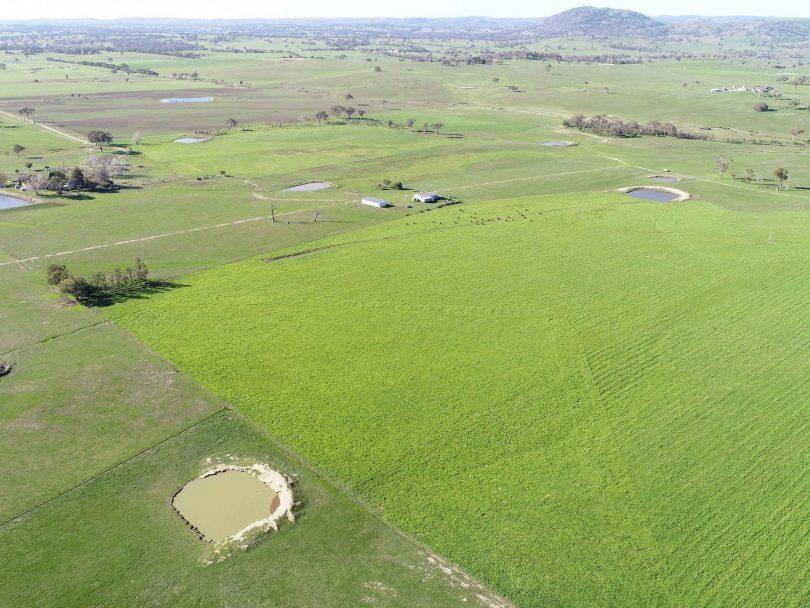
The $3 million sale of ‘Tannoch Brae’ in the Yass Valley broke the record for price per acre in November 2020. Photo: LAWD Real Estate.
Rural lifestyle and hobby farms have remained steady, while smaller hobby farms and larger holdings adjacent to, or with, Tumut River frontage experienced a five to 25 per cent increase in values, reflecting demand for lifestyle properties.
The cost of rural land is also showing no signs of slowing down across NSW, driven primarily by continued strong commodity prices; limited supply and sustained demand for quality farming; mixed cultivation; and grazing lands.
In fact, the $3 million sale of a NSW rural property in the Yass Valley in November 2020 even had real estate agents scratching their heads.
‘Tannoch Brae’, situated 5km south of the Hume Highway, settled for $6200 per acre ($15,300 per hectare), a significant rise on the average price of $11,296 per hectare of farmland in Yass Valley.
On the NSW South Coast, the promise of fresh air and long sandy stretches of beach have also maintained demand and ensured land values weren’t impacted by the bushfires.
Residential land values across the South Coast increased by 2.3 per cent. Among those with increased land values was the Eurobodalla (3.6 per cent), which is home to popular tourist spots such as Batemans Bay, Mogo, Moruya, Narooma and Tilba.
Rural land values on the South Coast increased by 4.2 per cent, with people willing to leave the city in search of rural-residential lifestyle properties.
However, it was a different story for commercial land values across the state, which were impacted by the COVID-19 pandemic as more people worked from home.
The Snowy Monaro took a hit of 3.1 per cent, while the South Coast decreased by 4.8 per cent.







